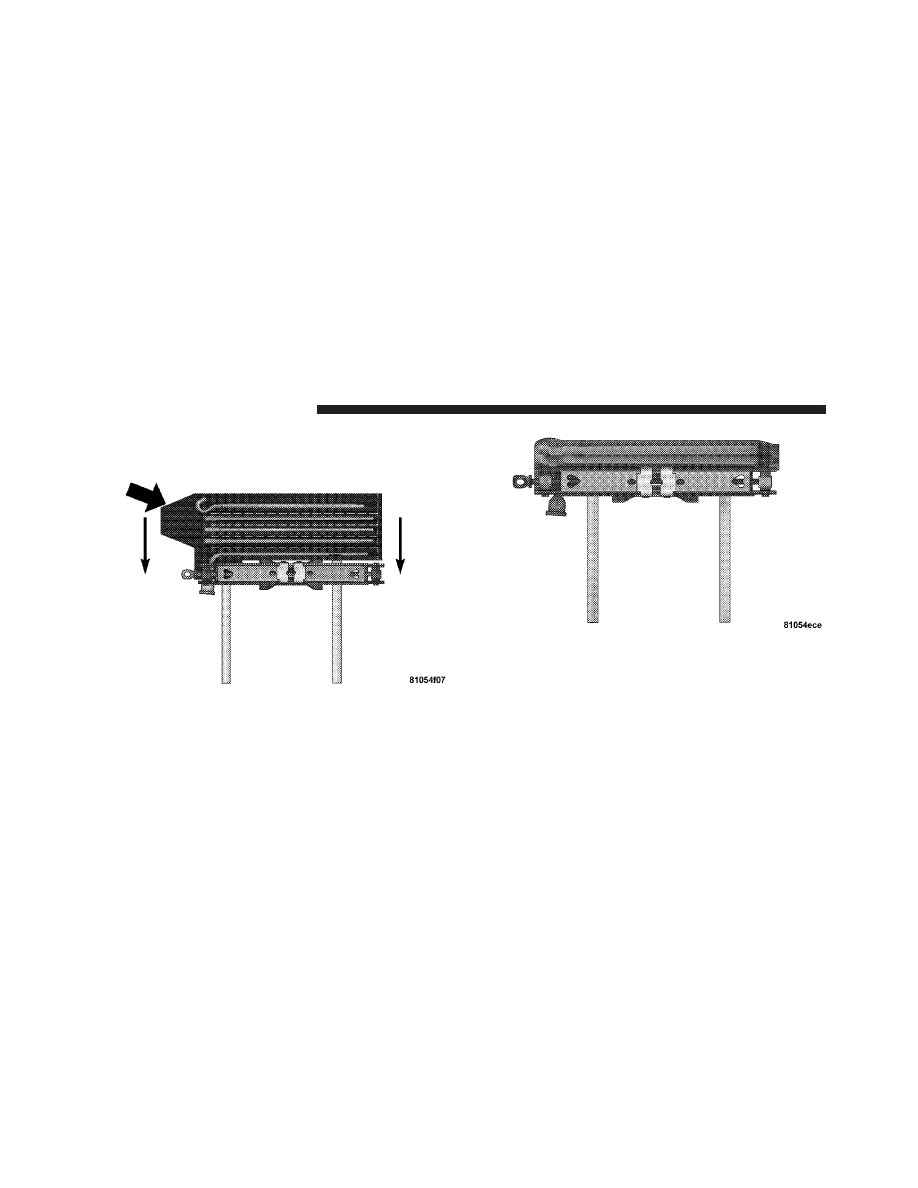Dodge 1500 (2012 year). Manual - part 37

3. Fold the flap and roll the jack tool kit into a cylindrical
package (in direction of arrows) and tie to the jack using
the tie straps.
Folding Flap And Rolling Bag
Tying Bag To Jack With Straps
588
WHAT TO DO IN EMERGENCIES